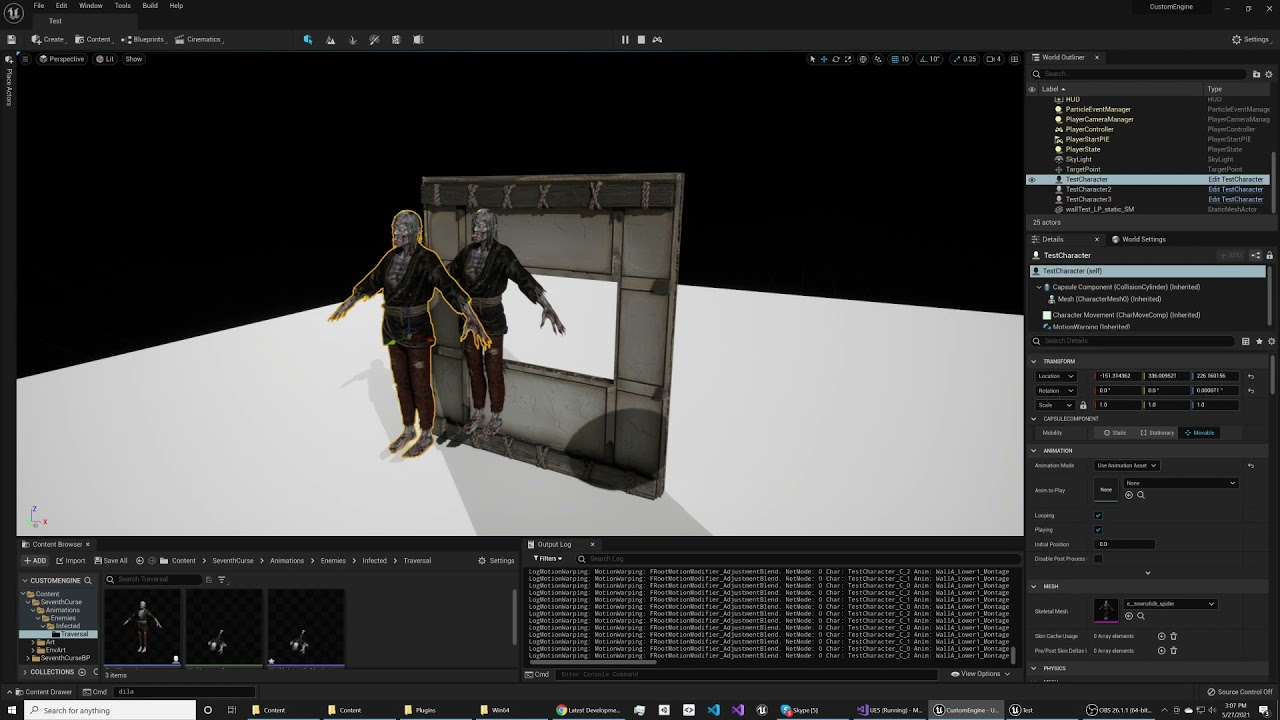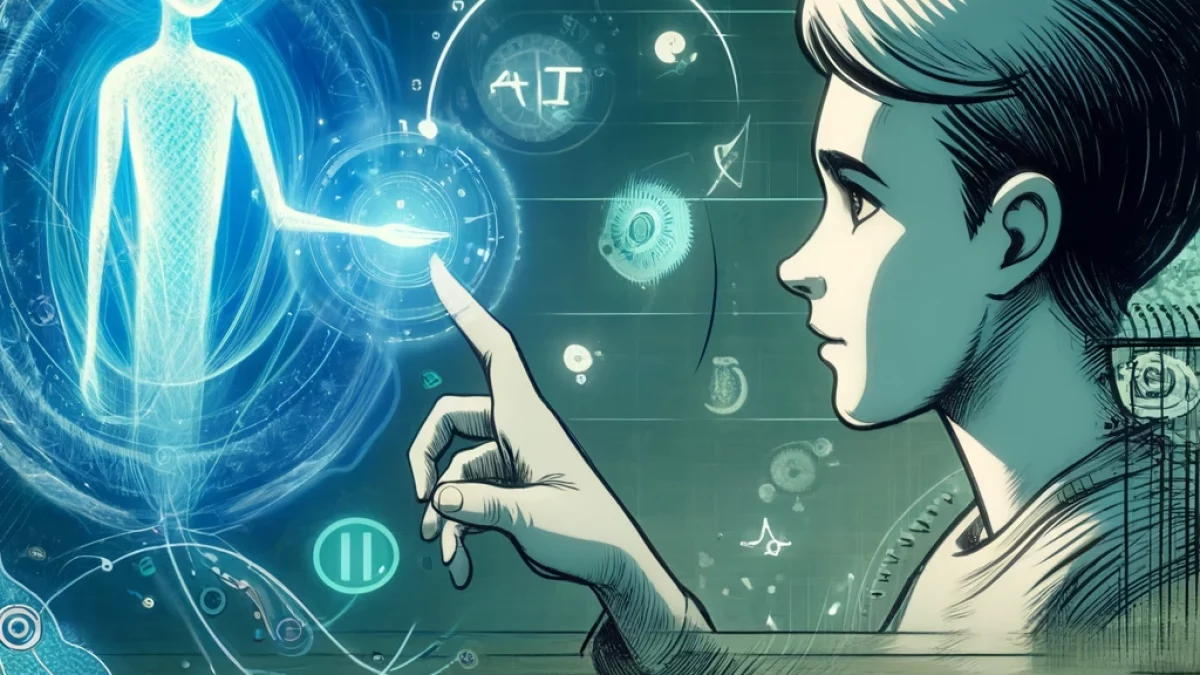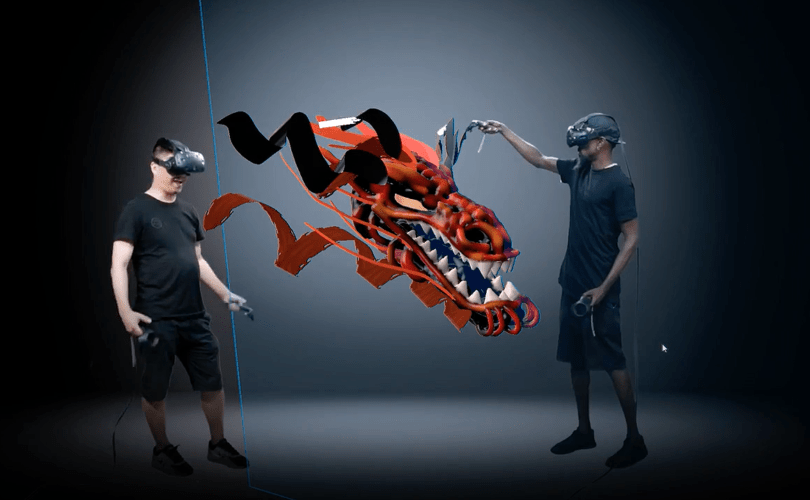In motion graphics and animation, subtle manipulations of time can create life, realism, and organic motion—two techniques that have gained traction are timewarp and motion warping. Timewarp allows an animator to remap the flow of time within an animation segment, changing the pacing of movement without altering the underlying motion curves. Motion warping, on the other hand, deforms captured motion or keyframe sequences, adding constraints or offsets to create more dynamic variants while preserving realism. These methods are built on strong academic and production research, giving creators precise control over animation timing and expressiveness.
Technically, motion warping works by taking motion parameter curves—such as joint angles or position paths—and applying constraints: keyframes that dictate new positions or timings, warping functions, and blending overlapping clips. For example, a walk cycle could be warped so that the character steps over obstacles, or slows down for dramatic effect—all using curves derived from an original capture without redoing the animation from scratch. Timewarp tools allow sections of a scene to run slower or faster relative to the rest, useful for emphasizing action or syncing movement to audio. These techniques are widely discussed in computer graphics literature and used in modern tools, making them both reliable and authoritative.
For motion graphics designers seeking to stand out, mastering timewarp and motion warping offers powerful benefits. They lend flexibility to reused motion clips, reduce repetitive keyframing work, and enhance realism and expressiveness. To begin, experiment with small segments of animation—apply a motion warp keyframe to adjust stride, timing, or path. Use timewarp to alter pacing in emotionally critical scenes—slowing down for tension or speeding up for impact. As you work, reference academic resources and production case studies to ensure your work remains grounded in effective technique and visual authenticity.





